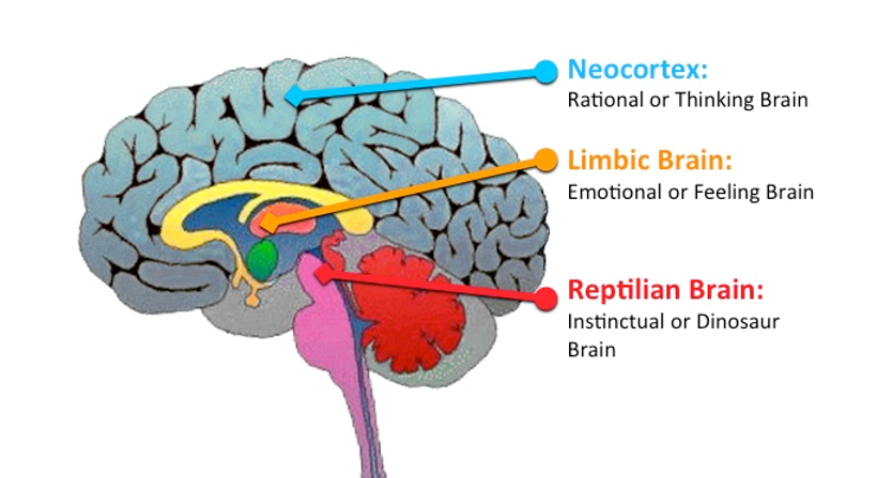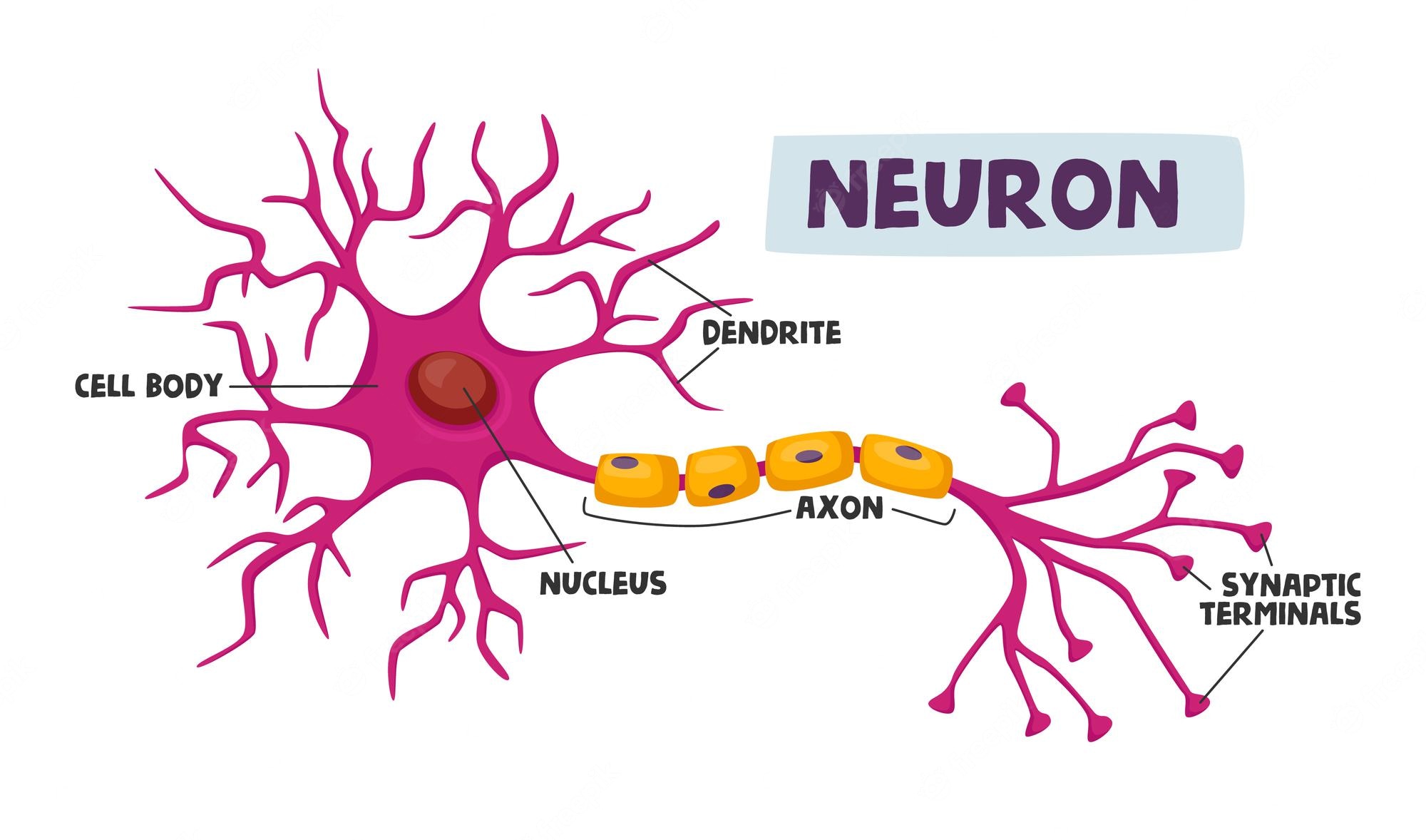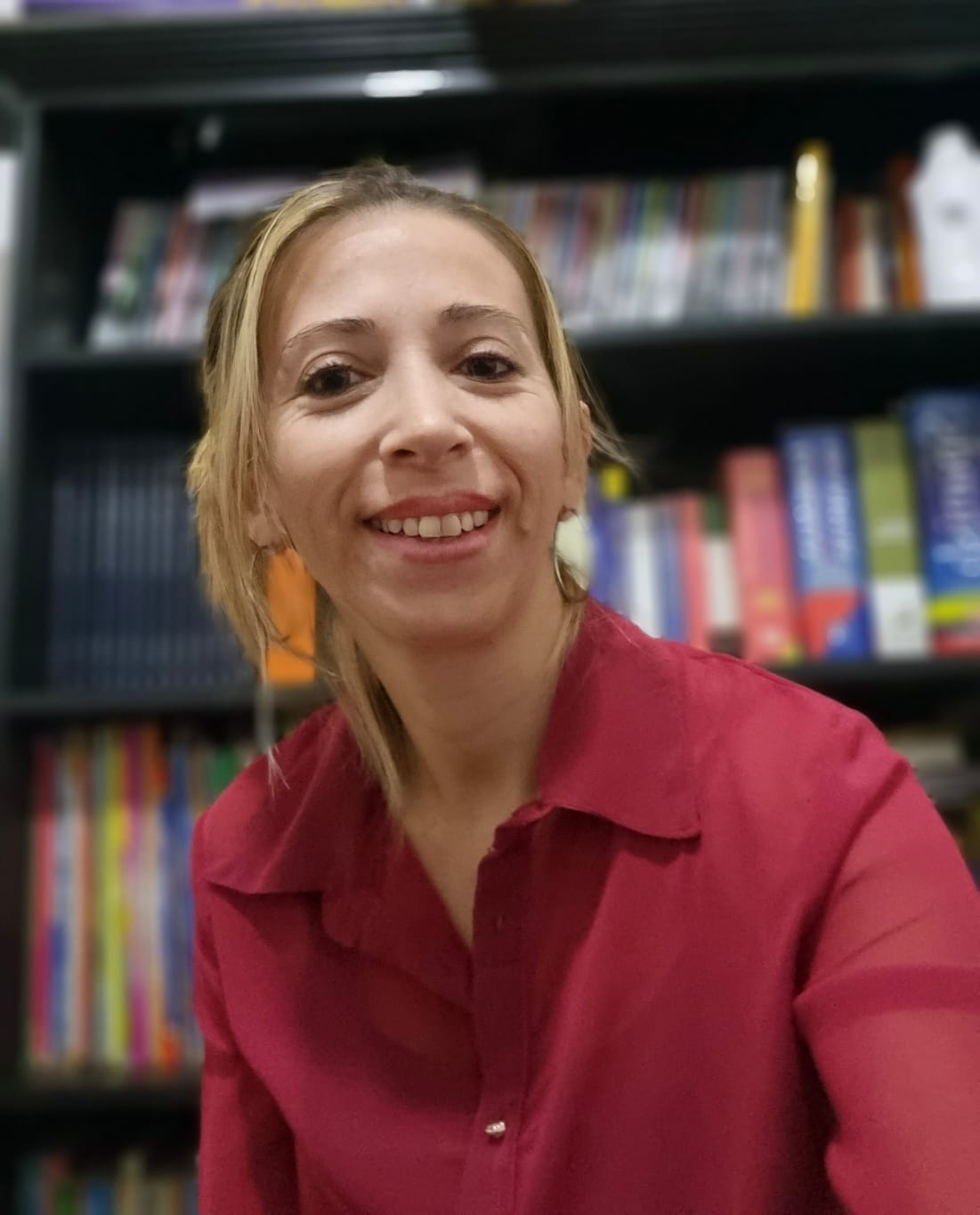On 3rd September, I had the pleasure of delivering this Webinar for the IATEFL community of teachers and followers. I do hope this follow-up article triggers more questions than answers. THANK YOU!
The end of an era
It’s not difficult to see now that some paradigms are falling. The traditional educational system is undoubtedly one of them.
In the era of technology in which the workforce is being replaced by machines, robots, computers, etc., we can easily see how jobs that were once needed are now disappearing, at the same time and speed that new ones are being created. This era of rapid changes cannot wait. It is here to stay and evolve and the ones who are unable to adapt to it, will eventually “lose”.
The traditional educational system or the industrial education was designed with one purpose in mind: to create automated workforce that could work in factories, performing automatic tasks. There was no creativity, interaction, discussion, evolution or growth in them. Basically, they received orders. The educational system that started in the industrial era and still continues today (yes, today in the technological era), only prepared students to obey, not to create. Students and later workers were not considered as humans but as machines that needed to produce. What about their feelings? What about their wishes and dreams? What about their talents? What about their personal and professional evolution? None of it existed.
We watched this video to better illustrate this idea: (https://youtu.be/okpg-lVWLbE )
Neuroscience and Education
Neuroscience in the area of education, Educational Neuroscience or Neuroeducation, is a relatively new field. It emerged in the 90s to offer an alternative view to approach education; in a holistic way. What does it mean approaching education holistically? It means considering the human being as a whole by a deep understanding of how our brain and our mind work. Backed up by the latest research of neuroscience, cognitive psychology, biology, human evolution, emotions, among others, we can now access tons of information just a click away. When you start seeing yourself as a holistic individual and learner, you’ll be able to understand others and be able to help them. It’s a transformative path that we, as educators in this era, should be willing to walk on. You could find suggested bibliography and renowned authors in this document I’ve carefully created (https://drive.google.com/file/d/1nfXvaJAj6dM53bHb82rlOSQilhakA-sh/view?usp=sharing)
The theory of the three brains (The Triune Brain) by Paul McLean
Paul MacLean, an American psychologist from the 60s developed the theory of the Triune Brain which proposed a division of the brain in the order it evolved through history. Of course, it’s an oversimplified model and explanation of how it works since it has been proved and demonstrated that such a division doesn’t exist, all the parts of the brain are connected. Anyway, it’s still a useful way to understand the relationship between structures and functions of the human brain.

According to this theory, the first brain, the reptilian brain, is worried about survival. In relation to learning, we understand that the basic needs have to be covered in order to be able to learn properly: feeding, sleeping, body temperature, clothing, etc.
In this automatic and repetitive mode, the reptilian brain will always be on the alert, trying to spot dangers – threats – (in the case of education it could be the classroom, classmates, teachers, contents, grammar). Thus, one of the tasks of the teacher should be to reduce threats.
The limbic system is considered the emotional system, which in education can also be related to motivation, and it’s also connected to our memories (partly short term, but mostly long-term memories). And of course, it also has to do with the social part, the interaction and bonds we create with peers and teachers.
The third brain is the Neocortex, the rational brain (the most evolved area and the one that involves cognitive functions such as planning, organizing, creating, thinking, reflecting, etc.) Of course, this is essential to have in mind when designing and proposing tasks, but not the only one.
ALL of them are important when learning, we should know and integrate the “3 parts” and not only focus on the cognitive area.
Learn more about this theory here: (https://www.interaction-design.org/literature/article/the-concept-of-the-triune-brain)
How do we learn? Neural Networks
Our brain is made up of networks of interconnecting nerve cells called neurons. A neuron is made up of three (main) parts: A Dendrite, an Axon and a Cell Body. The dendrites receive (they are receptors) the chemical signals from the axon (they are transmitters).
The information travels along the axon body and when it reaches the end, it releases chemical signals (neurotransmitters) into the synaptic cleft (they don’t touch each other)

The creation of a neural network is like blazing a new trail in a thick forest. Every step requires effort and you’ll have to walk many times through it in order to make it visible. Therefore, in order to learn or unlearn something, we have to make an effort to do it repetitively and constantly, until it becomes automatic, a habit (and do it with our subconscious brain). (https://youtu.be/_nWMP68DqHE)
Releasing Neurotransmitters
What are the neurotransmitters we want our students to release?
There are two groups of neurotransmitters, called the “positive” and the “negative” ones depending on what they produce on our brain and body. The negative ones, or the enemies in learning are for example, cortisol, adrenaline and noradrenaline; they block the brain since it feels threatened, which activates the fight or flight response.
The positive ones, the “Happy Neurotransmitters” are the ones we want our students to release: dopamine, endorphin, oxytocin and serotonin. The powerful mix of these will create an ideal learning state in which the brain will be willing and excited to learn. What should I, as a holistic teacher or coach, do to trigger their release? What should I consider adding or changing in my lessons? What should my role be? Will my practices change after knowing about neuroscience? Food for thought!
In this era, not only of technological changes but also of consciousness in many different areas, we, teachers, should be the main actors and promoters of this evolution in education. What we actually DO will make a difference, not what we KNOW.
If you want to know more about Neuroscience, Coaching and NLP in Teaching, please feel free download this short E-book with some useful tips to start putting into practice right away.
DOWNLOAD it from this link: https://dreamon-elc.com/lp-ebk-free-002/
![]()
About Roxana Areán

Roxana Areán is a graduate English Teacher and Translator with a Master’s degree in Audiovisual translation from the University of Cadiz, Spain.
She is also a certified Neurolanguage Coach® (Efficient Language Coaching, UK), a Neuropsycho educator (Asociación Educar, Argentina), a certified Biodecoder, and is currently studying NLP (Neuro Linguistic Programming).
In the last years, she’s been fully devoted to studying the human brain and the mind and applying scientifically proven techniques that have had great results and which keep thousands of students satisfied.
With over 15 years of teaching experience and the knowledge of all these complementary disciplines, she is eager to share and expand this new and revolutionary way of education, which not only improves but also empowers our students’ learning.
She is the founder of Dream On ELC (Argentina); an online academy which offers courses and Webinars – both for students and teachers – integrating neuroscience, coaching and emotional intelligence.
Contribute to the blog
If you are a member of IATEFL and would like to contribute to the blog, we’d love to hear from you at [email protected]. We’re looking for stories from our members, news about projects you’ve been involved in, and anything else you think those connected to English language teaching would be interested in reading. We look forward to hearing from you! If you’re not a member, why not join us?
See VIEWS Guidelines and Ideas